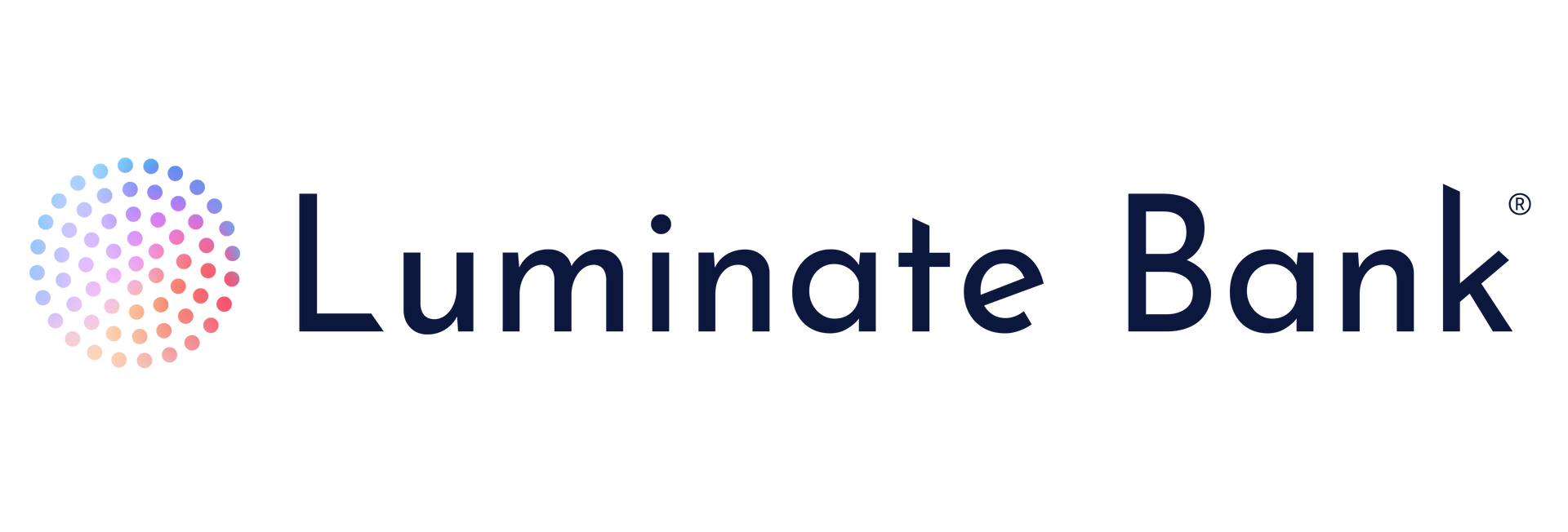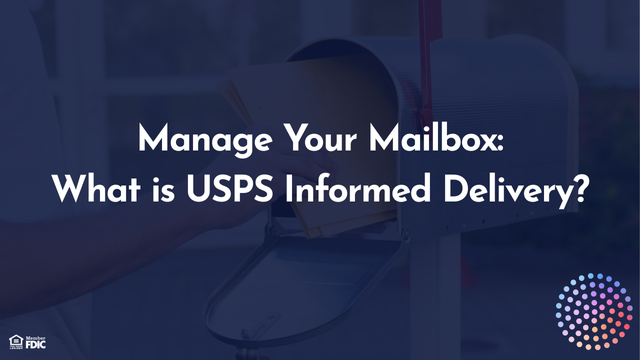Fannie Mae Removes Minimum Credit Score Requirement
November 12, 2025
Fannie Mae Removes Minimum Credit Score Requirement

Fannie Mae Eliminating 620 Credit Score Eligibility Requirement
Starting Nov. 16, 2025, Fannie Mae is eliminating its 620 minimum middle credit score requirement for purchase and refinance home loan credit decisions.
Fannie Mae, one of the two major agencies that back conventional mortgages, announced a significant update to its Desktop Underwriter (DU) system, the automated tool lenders use to approve home loans.
Until now, most conventional loans required a minimum credit score of 620 to even be considered for automated approval. If your score was below that, the system automatically denied the loan.
As of Nov. 16, Fannie Mae has removed that barrier. Lenders can now run loan applications with scores below 620 through DU and see if a borrower’s full financial picture earns an approval.
The update represents a major shift in mortgage eligibility and could help more borrowers with lower credit scores but solid finances qualify for loans.
Implications for Borrowers and the Mortgage Market
By removing the 620 barrier, Fannie Mae aims to expand access to homeownership without compromising on risk management.
Industry experts predict this could help “credit invisible” and underserved populations, including young adults, newly established residents, and those recovering from financial setbacks. In urban centers or regions with high living costs, this change could boost homeownership rates significantly.
Understanding the New System
Lenders can now run loan applications with scores below 620 through Fannie Mae’s new Desktop Underwriter (DU) system and see if the full financial picture earns an approval.
The new system will consider factors such as:
- Debt-to-income ratio (DTI)
- Employment and income stability
- Savings or assets
Payment history and consistency
For loans with multiple borrowers, Fannie Mae will now average the two middle credit scores instead of using the lower one, which can lead to a more favorable qualification score.
Many people with scores below 620 are financially responsible but face challenges like:
- Short credit history (especially younger borrowers)
- Medical debt or student loans
- Credit utilization that skews their score
By removing the automatic cutoff, Fannie Mae is encouraging lenders to evaluate borrowers on real financial behavior, not just a single number.
Nontraditional Credit and Homebuyer Education
When no borrower has at least one reported credit account or installment trade line, DU will issue messages instructing lenders to establish a nontraditional credit history and/or complete homebuyer education. These requirements are now independent of a credit score.
VantageScore 4.0 Using Alternative Data to Assess Creditworthiness
The update from Fannie Mae represents only a piece of a broader shift in the mortgage market.
As of July 8, 2025, the adoption of VantageScore 4.0 opened up the market to millions of new potential homebuyers by using alternative data, such as rental and utility payments, to assess creditworthiness.
As a result, young people with a limited credit history that hasn’t led to a robust FICO score may now be in a better position to secure a mortgage.
For those with infrequent credit use, thin files, or very new files, VantageScores can offer an advantage by providing a score.
This means that borrowers who pay their rent, cellphone, utilities, and other bills regularly but have had limited data to prove it, will now get a score instead of being rated negatively.
The Bottom Line
At Luminate Bank, we see this as an opportunity to educate and empower.
We are here to help by reviewing your credit reports, simulating DU outcomes, and suggesting ways to strengthen your application. We offer free credit consultations, personalized mortgage pre-approvals, and a range of loan products tailored to your needs.













